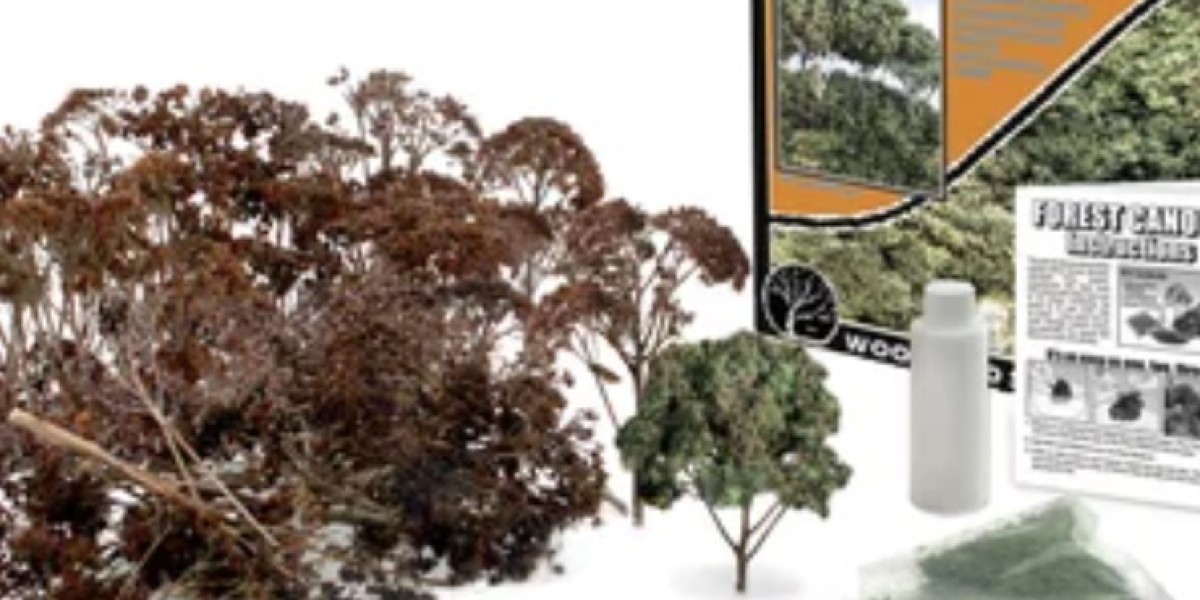This finishing technique enhances the look of the furniture or cabinetry, giving it a professional, solid wood appearance and improved durability.
Veneer edge banding involves applying a narrow strip of veneer (a thin layer of real wood) to the raw edges of wood-based panels. Typically, this veneer is about 0.5 to 2mm thick, with species matching the wood or Veneer edge banding laminate finish of the panel. Popular choices include oak, walnut, maple, and cherry veneers. The process smooths out rough edges, covering visible seams, enhancing aesthetics, and making the piece look like solid wood.
Veneer edge banding involves applying a narrow strip of veneer (a thin layer of real wood) to the raw edges of wood-based panels. Typically, this veneer is about 0.5 to 2mm thick, with species matching the wood or Veneer edge banding laminate finish of the panel. Popular choices include oak, walnut, maple, and cherry veneers. The process smooths out rough edges, covering visible seams, enhancing aesthetics, and making the piece look like solid wood.
Benefits of Veneer Edge Banding
Enhanced Aesthetics: Veneer edge banding improves the appearance of furniture, providing a seamless look that matches the top surface.
Cost-Effective: Using veneered MDF or plywood with edge banding is much more affordable than solid wood, making it a popular choice in budget-conscious furniture production.
Durability: Edge banding protects the core material from moisture and wear, making it ideal for high-traffic areas.
Eco-Friendly: Veneer edge banding uses less wood than solid wood edging, conserving natural resources and reducing waste.
Types of Veneer Edge Banding
Pre-Glued Veneer Edge Banding: This option comes with a heat-activated adhesive on one side. Users can apply it with an iron or heat gun, which melts the glue and bonds it to the substrate edge.
Non-Glued Veneer Edge Banding: Requires a separate adhesive, typically contact cement, making it a popular choice in high-volume, commercial applications where automated edge banding machines are used.
Peel-and-Stick Veneer Edge Banding: This type is easy to apply as it comes with a self-adhesive backing. Although it may not be as strong as heat-bonded edge banding, it’s convenient for DIY applications.
Application Process
Applying veneer edge banding is relatively straightforward. First, the edge should be clean and smooth. For pre-glued options, use a standard household iron to melt the adhesive, pressing the banding firmly into place. Non-glued options require applying adhesive on both the banding and substrate, allowing it to dry to a tacky consistency before pressing them together. Once applied, excess edge banding is trimmed off, and the edges are sanded to achieve a flush finish with the panel surface.
Finishing and Maintenance
Once applied, veneer edge banding can be finished with varnish, stain, or paint to match the surrounding wood. Regular maintenance is simple—dusting and occasional polishing will keep it in good condition. However, care should be taken to avoid water exposure, as prolonged moisture can cause veneer to lift over time.
Uses of Veneer Edge Banding
Veneer edge banding is widely used in cabinetry, shelving, tabletops, and office furniture. It’s especially popular in contemporary and minimalist furniture designs, where a clean, natural wood look is desired without the weight or expense of solid wood.
Conclusion
Veneer edge banding is a practical, stylish, and budget-friendly finishing solution, perfect for adding a professional look to wood-based materials. Whether for home or commercial projects, it combines durability with aesthetic appeal, making it a valuable choice in modern furniture making.

![BurnWell Keto+ ACV Gummies USA Reviews [Updated 2024]](https://biiut.com/upload/photos/2024/10/mSTRe1pV3mnJm5GVptNn_05_7f20bb5b753d9a98617eec57a7cc855a_image.png)

